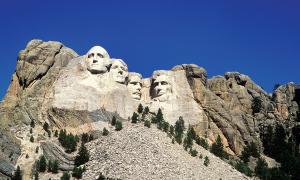Every now and again, a student will say something that leaves me speechless and desperate for the correct response. I can feel in my bones that the moment is about to become pivotal. One of these moments came while we were reading Katherine Paterson’s novel The Great Gilly Hopkins, in which the main character deals with her racism. We were in the process of analyzing her character, her motivations and her racist attitudes, and I could tell that my sixth-graders didn’t really understand the theme of racism, so I needed to step away from the novel for a moment and put the history in context for them.

